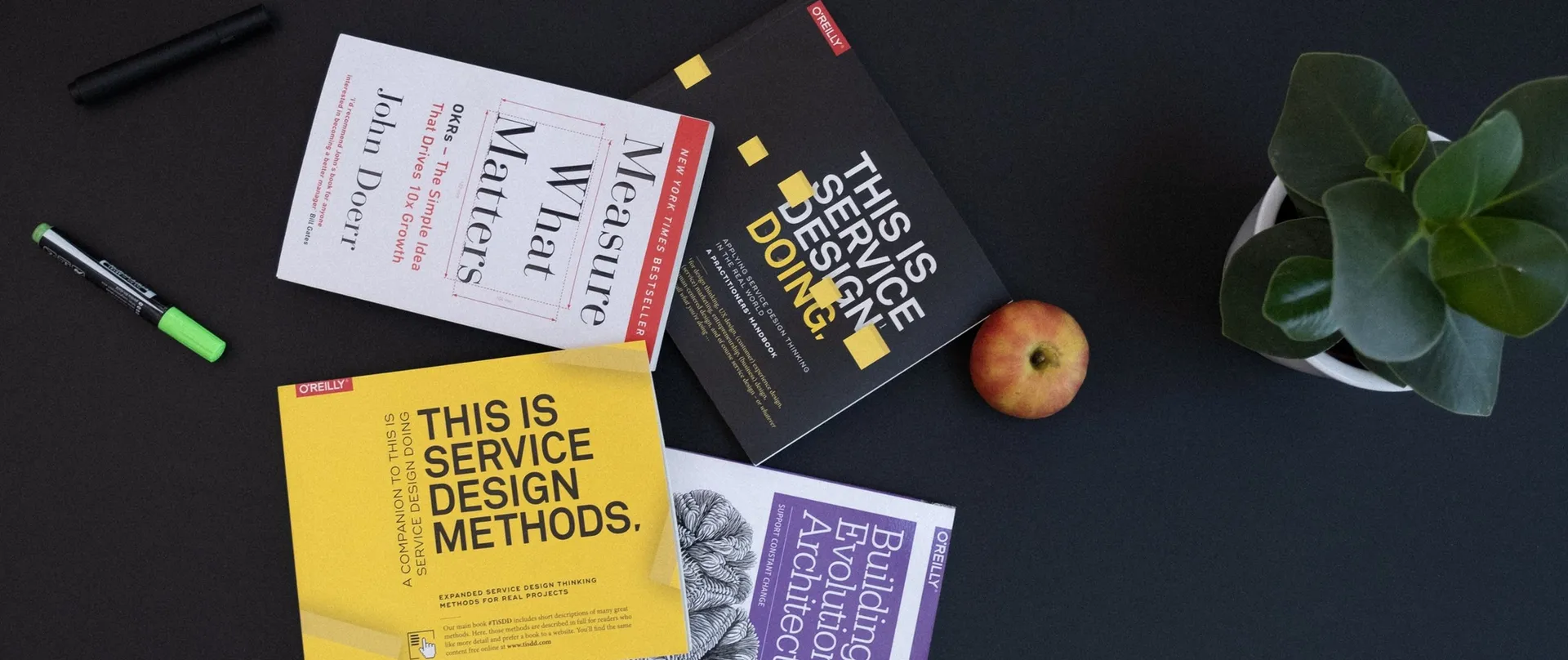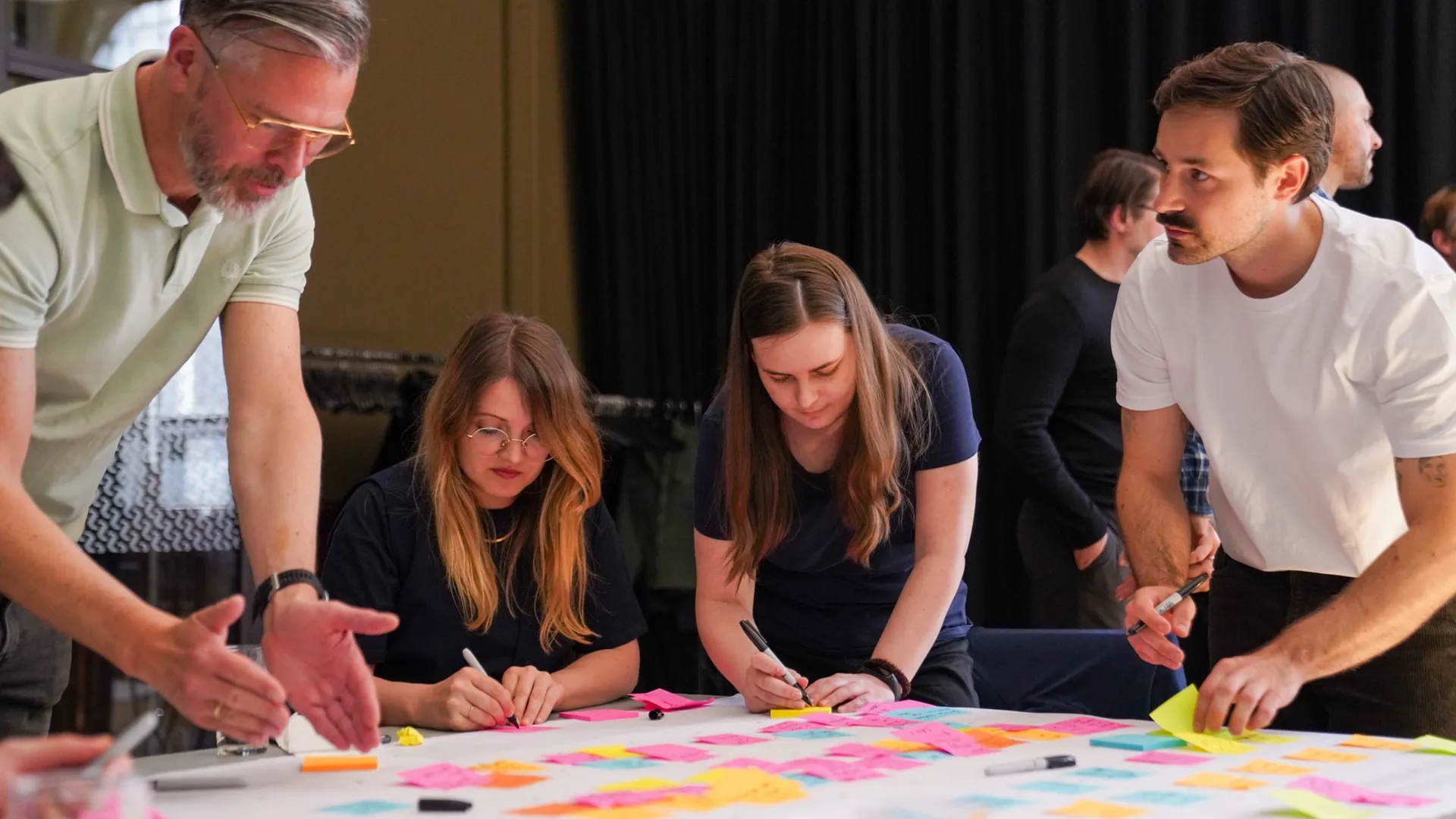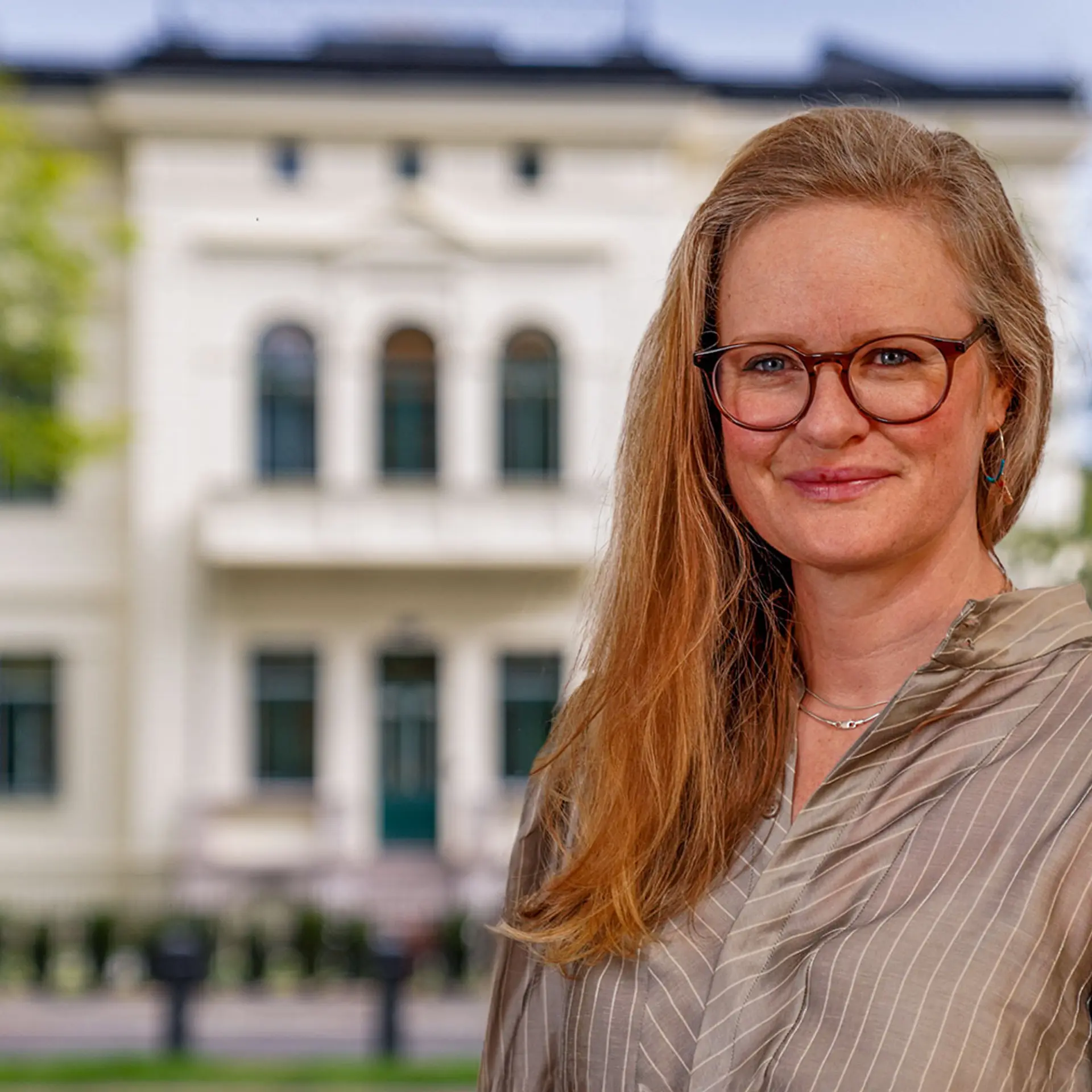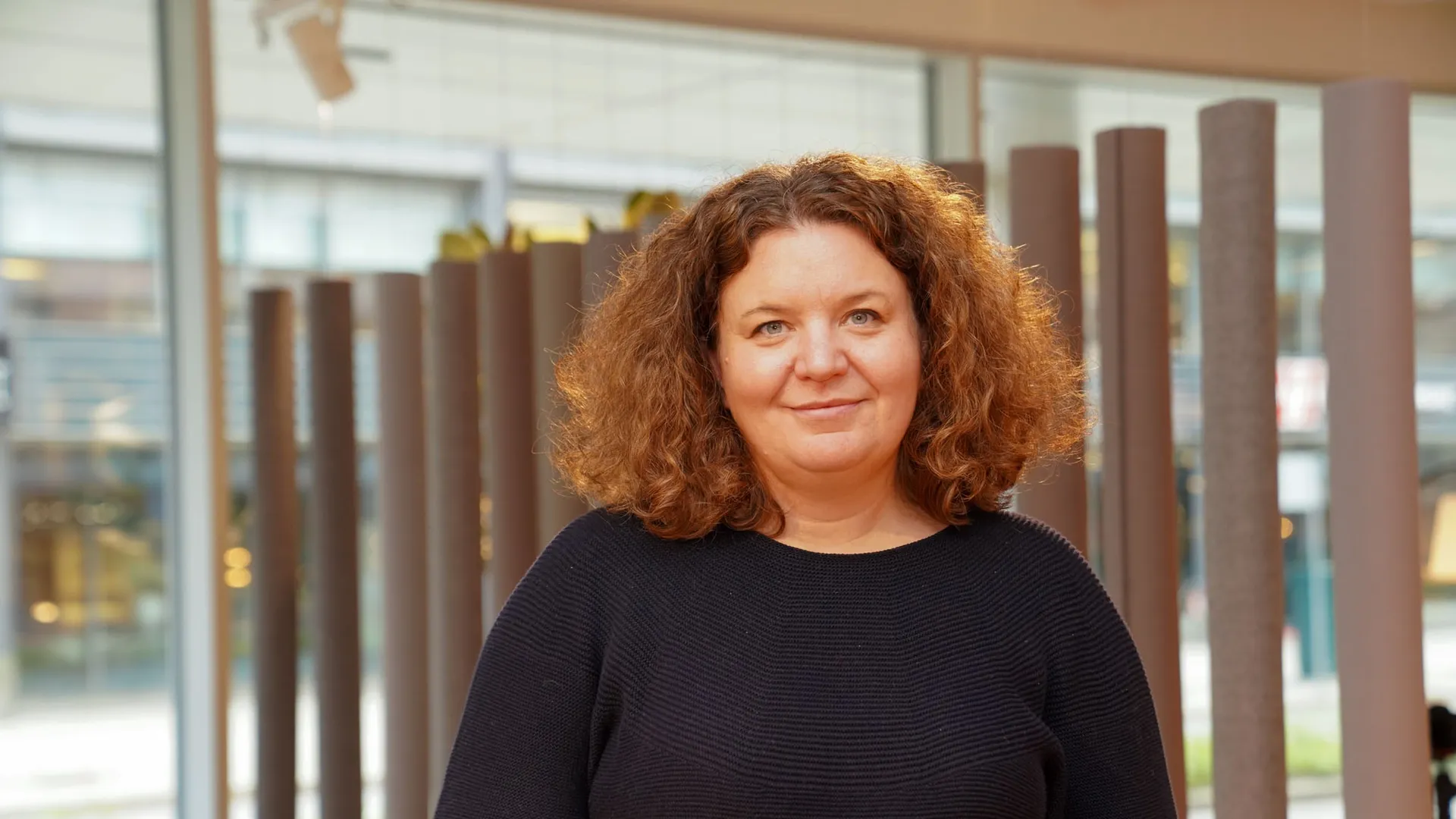What is service design?

As a service designer, my main objective is to create meaningful, cohesive, and efficient products and services. By applying the principles of service design, I aim to cultivate a sense of ownership and unity, simplify processes, improve efficiency, and ultimately enhance user and customer satisfaction.
Service design revolves around the development, planning, and organization of services that prioritize exceptional user experiences. This involves meticulous coordination of various elements such as personnel, infrastructure, communication channels, physical touchpoints, and the interaction between service providers and users.
By implementing effective service design strategies, businesses can deliver seamless and enjoyable experiences, foster strong connections with their audience, and achieve greater customer loyalty and engagement.

The service designer operates in a multidisciplinary manner, leveraging data and insights from both internal organizational sources and market trends and future scenarios to develop the service. Collaboration with all involved parties is a fundamental aspect of the service designer's role, ensuring the creation of exceptional services and fostering a sense of ownership among stakeholders.
With a steadfast focus on human-centered design, the service designer begins by understanding and addressing behaviors and needs. Throughout the process, we employ visualization techniques to simplify complexity and foster shared understanding. Testing and validation play pivotal roles in this field, guaranteeing that the services produced truly deliver value to end-users.
As a dedicated service designer, my foremost commitment is to design and establish interconnected services that cater to the needs of all stakeholders involved.

In service design, we gather comprehensive information about the users and customers to gain deep insights into their behaviors and needs. We employ both qualitative and quantitative research methods, including trigger interviews, service safaris, expert evaluations, in-depth interviews, and thorough desk research.
The key tool in the service designer's arsenal is the customer journey. By meticulously mapping the user's and customer's experiences before, during, and after their interactions, we uncover valuable insights about the strengths and weaknesses of the existing offering. This analysis enables us to identify opportunities for enhancing and innovating the customer experience.
In addition to research and analysis, service designers employ a wide range of creativity tools. From defining the problem at hand to generating ideas, validating concepts, and ultimately developing robust solutions, every step is approached with a focus on unleashing creativity and fostering innovation.
Beyond individual product and service development, service designers contribute to strategic organizational and business growth. By placing humans at the center of the design process, promoting co-creation, embracing a holistic perspective, leveraging visualization techniques, and conducting thorough testing, we ensure the delivery of exceptional user experiences at all levels.



